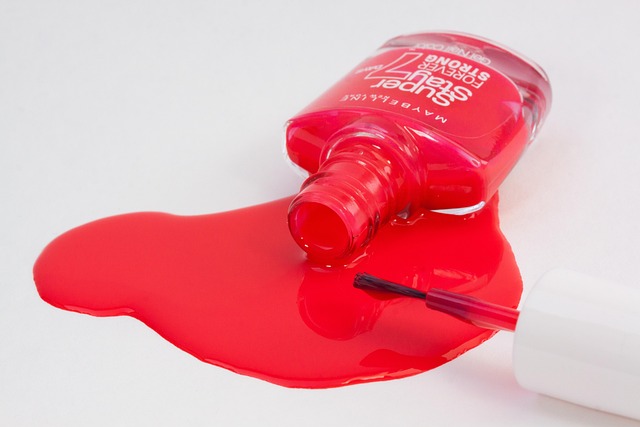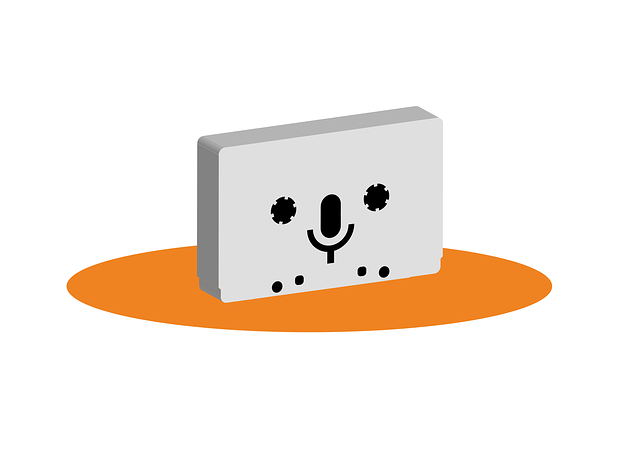Leak detection is crucial for preventing water damage and saving money. While obvious leaks can be fixed easily, hidden sources like roof shingles, windows, and downspouts require attention. Early leak detection systems using smart sensors and remote monitoring prevent minor leaks from becoming major issues. Advanced technologies like thermal imaging and radar pinpoint hidden leaks. A meticulous inspection before repairs, including moisture meters and water usage tracking, ensures effective leak management. Professional services offer expertise for complex leaks. Proactive measures like regular visual inspections, food coloring tests, and pressure regulators help detect leaks early, saving money and preventing property damage.
Water leaks can wreak havoc on your home and wallet, but with proactive measures, you can prevent costly damage. This comprehensive guide explores affordable leak solutions, equipping you to navigate the world of water leaks like a pro. From identifying common sources to employing advanced detection technologies, we provide valuable insights for DIY inspections and professional services. Learn budget-friendly tips for prevention and repair, ensuring your home stays dry without breaking the bank. Discover how early detection can save you time, stress, and significant financial losses.
Understanding Common Leak Sources in Your Home

Leaks can start from various sources within your home, often going unnoticed until they’ve caused significant damage. Understanding common leak sources is the first step in effective leak detection and prevention. Some of the most frequent areas where leaks occur include faucets, showerheads, toilets, pipes under sinks, and water heaters. These are usually easily identifiable and can be addressed by homeowners or managed with regular maintenance.
However, less obvious yet equally important sources include old or damaged roof shingles, cracked windows, and broken downspouts. Over time, these areas can develop leaks that go unnoticed until they result in substantial water damage to your home’s structure, belongings, or both. Regular inspection and prompt repair of these potential leak points are crucial for maintaining a dry, safe living environment.
The Power of Early Detection: Preventing Water Wasting

Early detection of leaks is a powerful tool in the fight against water wastage and unnecessary expenses. By implementing effective leak detection systems, homeowners and businesses can significantly reduce their water consumption and financial burdens. Modern technology offers advanced solutions, such as smart sensors and remote monitoring, allowing for prompt identification of potential issues. These innovative methods enable users to receive real-time alerts about any unusual water activity, even when they’re away from home or office.
Prompt action based on these alerts can prevent minor leaks from turning into major crises. Regular maintenance and quick repairs ensure that precious water is not needlessly drained, contributing to both cost savings and environmental conservation. In today’s world, where water scarcity is a growing concern, early leak detection is not just a practical solution but also a responsible step towards sustainable living.
Advanced Leak Detection Technologies and Their Benefits

Advanced leak detection technologies have transformed the way we identify and address water leaks, offering numerous benefits to both homeowners and businesses. These cutting-edge solutions go beyond traditional methods like visual inspections or listening for dripping sounds. Modern tools such as smart sensors, thermal imaging cameras, and radar systems can pinpoint exact locations of leaks hidden behind walls, floors, or in hard-to-reach areas. This not only saves time but also reduces damage caused by water intrusion, minimizing repair costs and potential structural issues.
Moreover, these advanced technologies provide real-time data and alerts, enabling proactive leak management. Smart home integration allows users to monitor water usage patterns and receive instant notifications when a leak is detected. This early warning system can prevent small issues from escalating into major disasters, ensuring peace of mind and promoting sustainable water practices by promptly addressing any water waste.
Step-by-Step Guide to DIY Leak Inspection

Before tackling any leak repair, performing a thorough inspection is crucial for effective leak detection. Start by turning off all water supplies connected to the affected area. Next, visually inspect visible signs like dampness, water stains, or dripping pipes. Check common problem areas such as faucets, toilets, appliances, and pipes for any anomalies. If you notice a leak, narrow down its source by isolating potential areas.
For a more comprehensive DIY leak detection approach, use a leak-sensing tool like a moisture meter to pinpoint hidden leaks behind walls or under flooring. Check water meters before and after suspected periods of leakage to calculate the exact volume of water lost. Once you’ve identified the leak’s source, follow appropriate repair guides tailored to the specific type of leak and implement temporary fixes if needed while planning for permanent solutions.
Professional Plumbing Services: When to Call Experts

Leak detection is a crucial aspect of maintaining your home or business’s plumbing system. While small, manageable leaks can often be repaired by homeowners, professional plumbing services should be considered for several reasons. Not all leaks are visible or easy to access, and professionals have advanced tools and expertise to pinpoint the source, even in complex plumbing networks.
Calling experts is particularly important when leaks persist despite initial DIY attempts, or when they occur in hard-to-reach areas like pipes behind walls, under floors, or inside ceilings. Professionals can also provide long-term solutions, ensuring that your plumbing system remains leak-free through preventative measures and up-to-date repairs. Regular maintenance by skilled plumbers can save you money in the long run by preventing damage to your property and reducing water wastage.
Budget-Friendly Tips for Leak Prevention and Repair

Staying on top of leaks is crucial for saving money and preventing damage. Regular leak detection should be a part of your home maintenance routine. Start by inspecting visible areas like pipes, toilets, and faucets for any signs of moisture or water stains. Simple, budget-friendly solutions can go a long way. Consider using food coloring in your toilet tank to spot leaks; any colored water flowing into the bowl indicates a problem.
For pipes, install water pressure regulators to reduce sudden spikes that can cause leaks. Keep an eye on your water bills; unusual increases might signal a leak waiting to be discovered. Remember, early detection is key to preventing small issues from becoming costly repairs.
